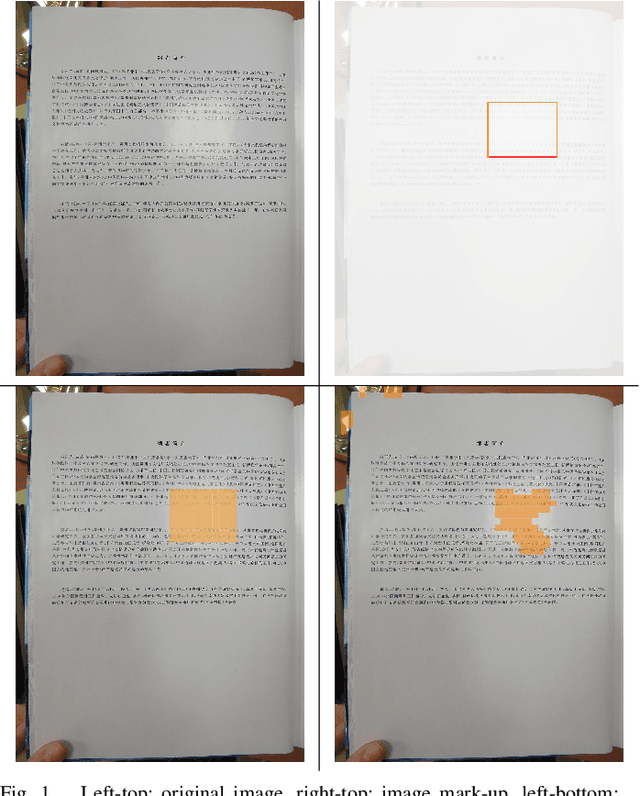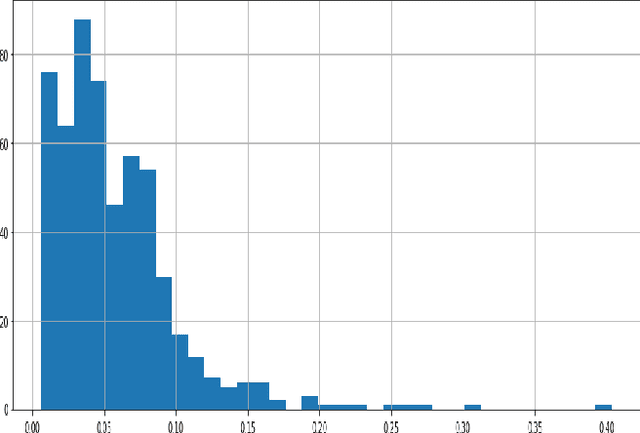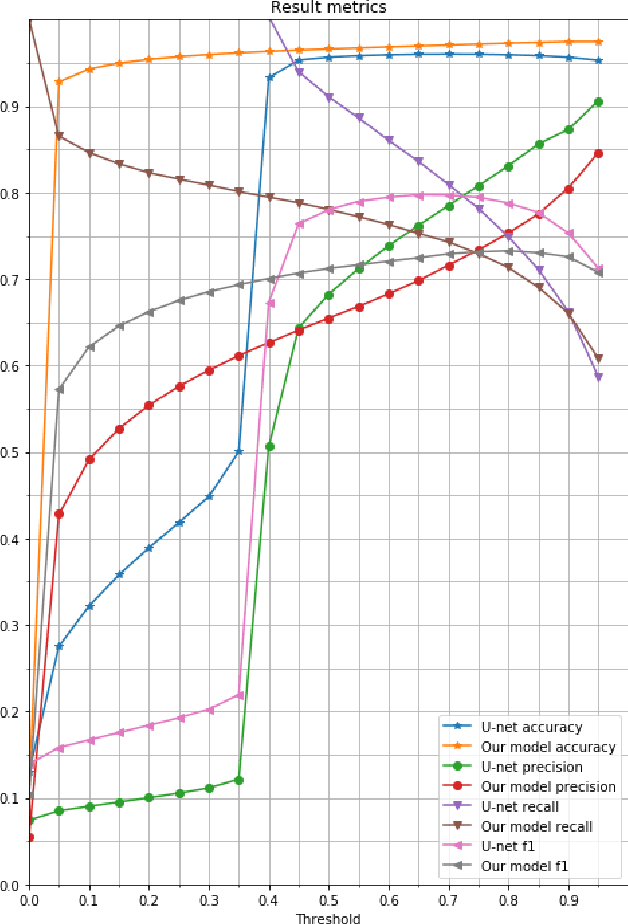Dmitry Rodin
On The Expressive Power of Knowledge Graph Embedding Methods
Jul 26, 2024
Abstract:Knowledge Graph Embedding (KGE) is a popular approach, which aims to represent entities and relations of a knowledge graph in latent spaces. Their representations are known as embeddings. To measure the plausibility of triplets, score functions are defined over embedding spaces. Despite wide dissemination of KGE in various tasks, KGE methods have limitations in reasoning abilities. In this paper we propose a mathematical framework to compare reasoning abilities of KGE methods. We show that STransE has a higher capability than TransComplEx, and then present new STransCoRe method, which improves the STransE by combining it with the TransCoRe insights, which can reduce the STransE space complexity.
Fast Glare Detection in Document Images
Oct 24, 2019



Abstract:Glare is a phenomenon that occurs when the scene has a reflection of a light source or has one in it. This luminescence can hide useful information from the image, making text recognition virtually impossible. In this paper, we propose an approach to detect glare in images taken by users via mobile devices. Our method divides the document into blocks and collects luminance features from the original image and black-white strokes histograms of the binarized image. Finally, glare is detected using a convolutional neural network on the aforementioned histograms and luminance features. The network consists of several feature extraction blocks, one for each type of input, and the detection block, which calculates the resulting glare heatmap based on the output of the extraction part. The proposed solution detects glare with high recall and f-score.
 Add to Chrome
Add to Chrome Add to Firefox
Add to Firefox Add to Edge
Add to Edge